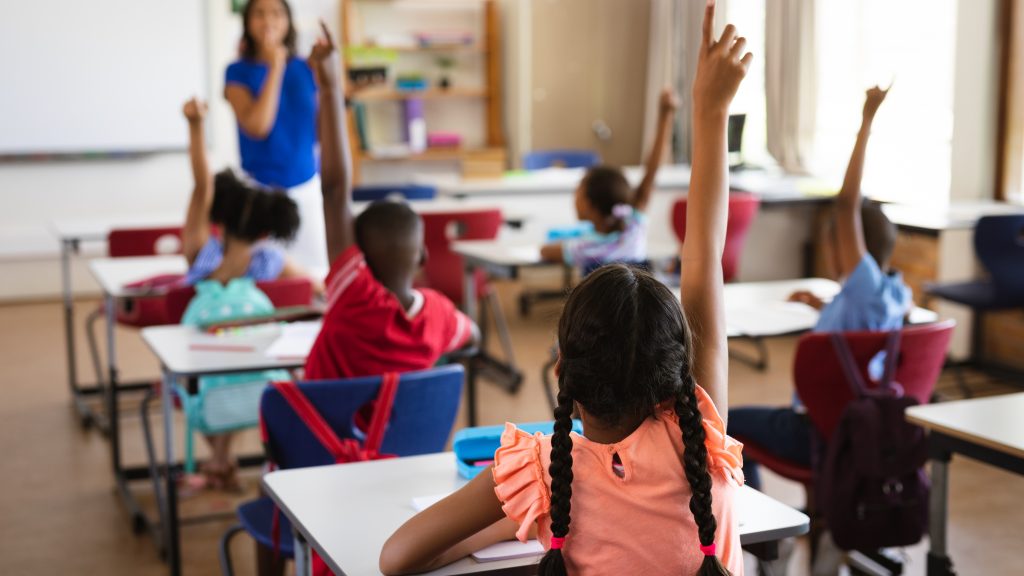The Rhode Island Public Expenditure Council (RIPEC) is urging the General Assembly to reevaluate and adjust how it distributes education funding across the state.
A recent report from RIPEC revealed that districts including Central Falls, Pawtucket, Providence, West Warwick, and Woonsocket represent about one-third of statewide student enrollment yet received less than half of all new funding over the past three years.
“Rhode Island faces particular challenges when it comes to education funding because our communities are so diverse,” shared Jeff Hamill of RIPEC. “We have several districts with very low property wealth and high concentrations of poor students that are heavily reliant on state funding.”
While funding for multilingual learners has increased in recent years, RIPEC suggests that the General Assembly improves the funding formula it uses to better calculate students living in poverty and the needs of underserved Rhode Island districts.
“…In Rhode Island, there are several communities with property wealth much lower than the state overall and dramatically lower than more affluent communities. Many of these municipalities with the least ability to raise property tax revenues for education also have much higher concentrations of economically disadvantaged and multilingual students—who require greater educational resources,” reads the July RIPEC Policy Brief. “Consequently, these communities rely heavily on state funding to provide an adequate education for their students.
Another report released this past spring found that students across Rhode Island lost over four months of learning math and two months of learning reading amid the COVID-19 pandemic.
Researchers at Harvard and Stanford University conducted the Education Recovery Scorecard, a nationwide report that evaluates learning loss between 2019 and 2022. The report compiles data from 8,000 communities in 40 states and Washington D.C.
“What we did was we pulled together all of the results on last spring’s assessments from different states and put them on the same scale so you could compare the losses by districts across states,” said Thomas Kane of Harvard University.
The report revealed that South Kingstown students lost almost nine months in learning math and over five months in reading, Newport students saw up to eight months of learning loss in math and over six months of learning loss in reading.
Districts including Providence, Woonsocket, Westerly, North Providence, Cranston, West Warwick, Pawtucket, East Providence, and Chariho lost around six months of learning in math and three months in reading.
The only district that did not show any learning loss in math or reading during the pandemic was Narragansett.
Education Commissioner Angelica Infante-Green has previously shared that it will take around three to five years for students to catch up, according to NBC 10 WJAR.




